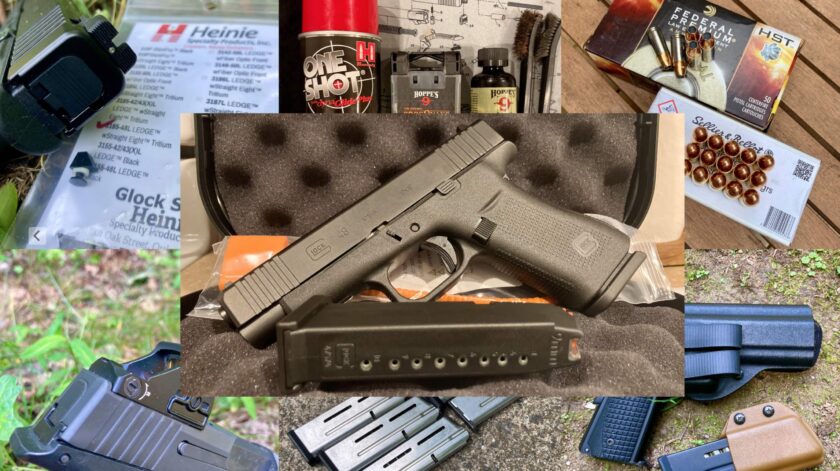When it comes to building a concealed carry system here is a lot of emphasis on the firearm itself. That’s not totally misplaced; the gun is the most expensive and arguably most important component in the concealed carry setup. There’s a whole lot more to successful concealed carry than just the gun, however.
This article contains affiliate links.
Building a Concealed Carry System
I often hear military rifles and carbines referred to as “weapon systems.” When I was early in the military I didn’t really understand that terminology. It’s one rifle, after all, not a “system” of rifles. Later I began to understand that the rifle is merely the centerpiece in a system of interconnected parts. A lot of support, from magazines to spare parts to ammunition optimized to barrel length and twist rate, goes into making the rifle maximally effective.
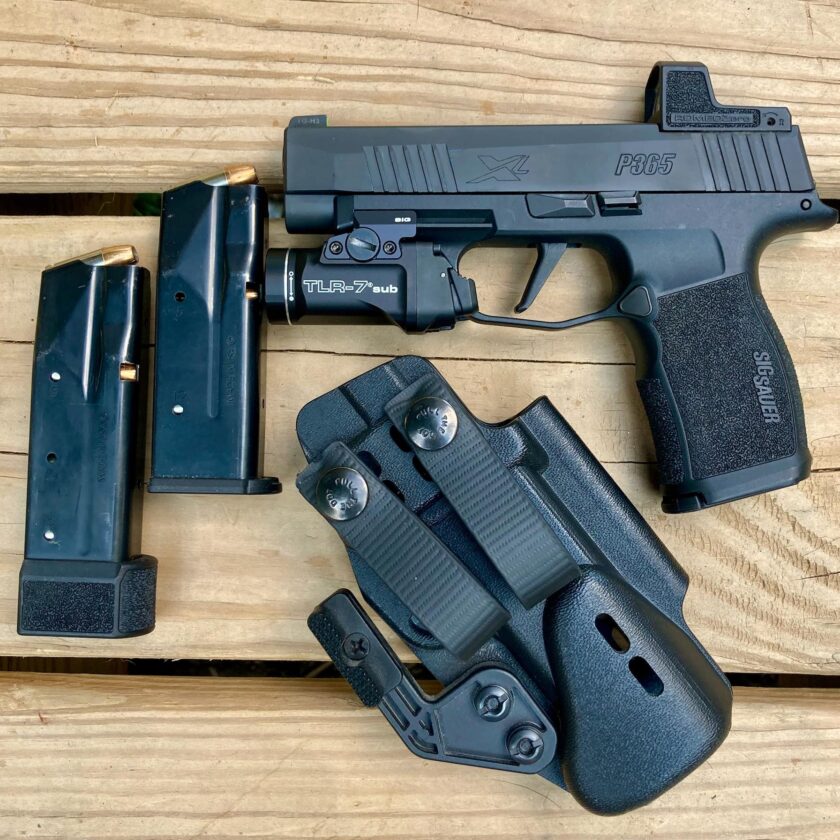
Today we’ll look at some items that go beyond the gun in the context of concealed carry. Building a concealed carry system is building an effective system – not just buying a guy and throwing it in your pocket. Unfortunately, this will require purchasing some additional items. These should factor into your firearms budget and your longer-term firearms planning; instead of buying another gun, you probably want to take care of this stuff first.
This has been on my mind lately as I’ve embarked on building yet another concealed carry system around a Glock 48. If you know someone considering entering the concealed carry space, please point them in the direction of this article. I sincerely believe it will be helpful.
Magazines
Magazines are one of the best ways you can spend “gun money.” They are durable, but magazines are also expendable. They bend, break, and generally get worn out. Magazines are also constantly a target of legislation. Those of you where weren’t active in the gun world in 1994-2004 probably don’t remember a used, 15-round Beretta magazine costing north of $100, but I sure do.
I generally like to have at least six magazines for any pistol I used defensively. That’s because I want a couple magazines that are reserved for carry/defense use. I will shoot a couple hundred rounds through those mags to verify reliability, then clean them, load them up, and leave ’em alone.
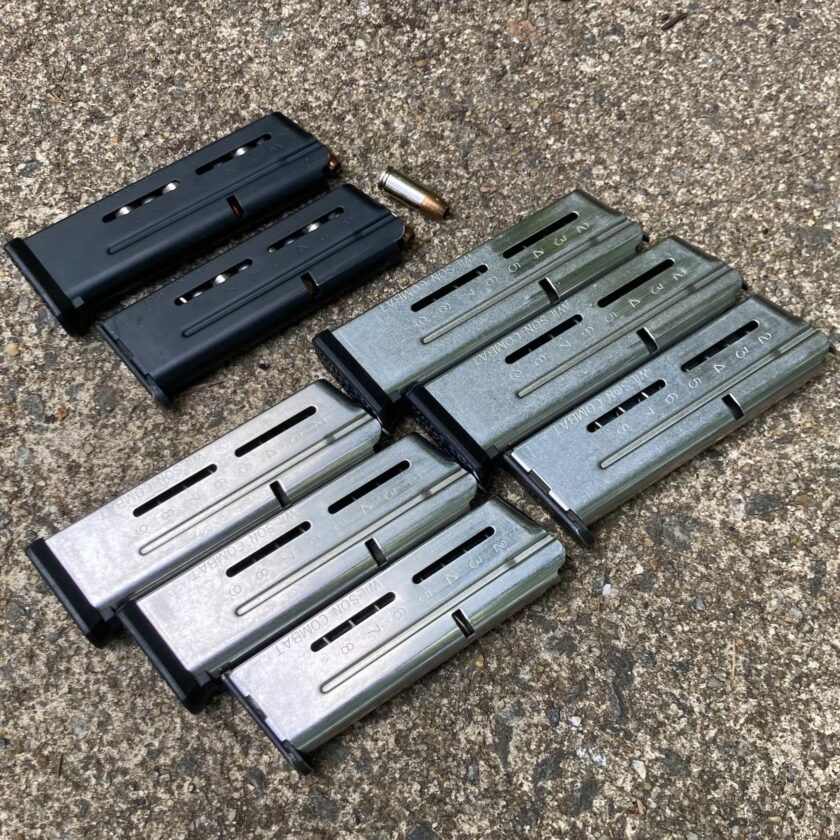
The rest of my magazines are “range” mags. Range mags can get dropped in the mud, stepped on, and otherwise abused. I can train hard without worrying about compromising the reliability of magazines that I depend on. Magazines are an indispensable part of a concealed carry system.
When in doubt, pick up a couple more magazines. I purchase a lot of magazines through GunMagWarehouse.com. I have no financial relationship with them at all, but I’ve had nothing but good experiences with them and you probably will, too.
Holster(s) and Stuff
Since we are focusing on a concealed carry system, a holster is absolutely imperative. A holster does several things for a concealed carry handgun. First, it protects the trigger. A good holster helps to conceal the gun by rotating it into the body. It also presents the butt of the gun at a repeatable location for a consistent, efficient draw stroke. Even if you don’t intend to carry, a holster makes a great administrative safety adjunct.
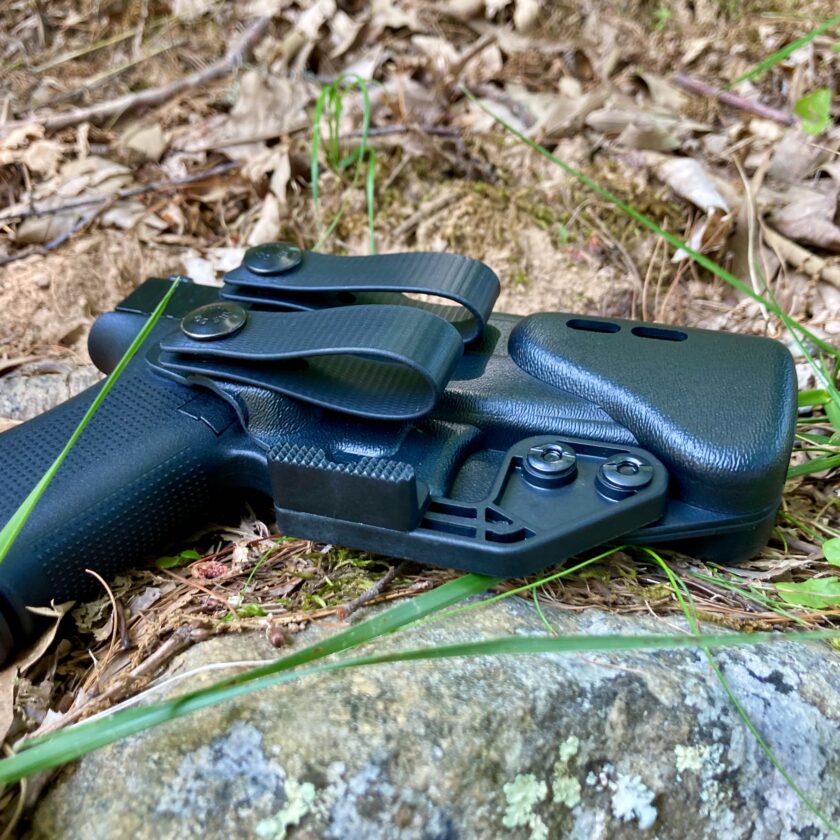
I generally purchase two holsters for any gun I intend to carry. The first holster I purchase is an AIWB holster for day-to-day concealed carry. The next is an OWB holster for hiking, yard work, SAR work and the like. You may not need two holsters but I’ve found it necessary for my needs. If you want to know much more about holsters, ready my Gun Owner 101 article about them.
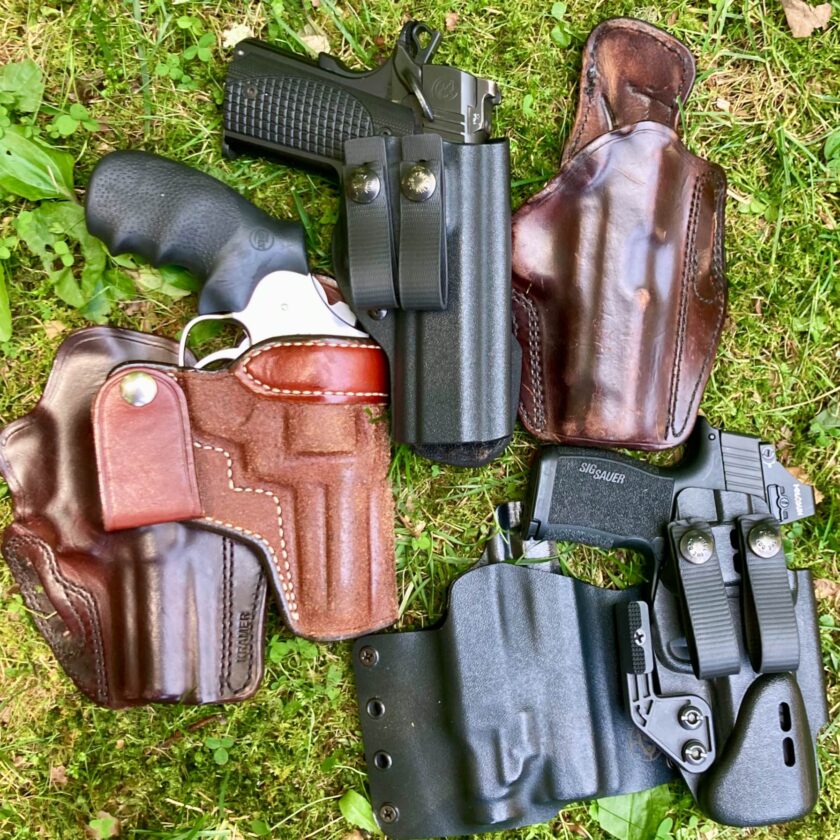
In addition to a holster you’ll also need a decent belt. The belt is the foundation of a concealed carry system. A flimsy belt will not hold the weight of holster and gun well, and cause it to sag. An overly stiff belt will be uncomfortable. Your belt doesn’t have to be a dedicated gun belt – I have carried for years with a Patagonia Tech Web Belt.
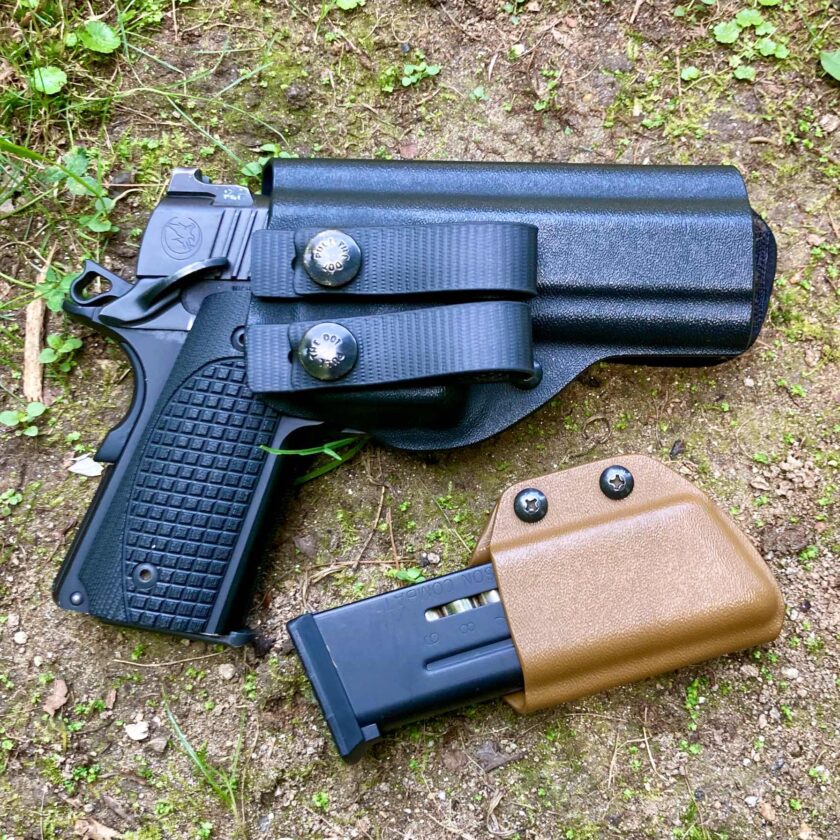
While we’re at it, you will also probably want a magazine pouch. Carrying a reload isn’t absolutely imperative, but you still have to reload on the range. I think it’s a good idea to do it from a pouch and build the skill to do reliable, fast reloads from a pouch. I really like the JM Custom Kydex Single Pistol Mag Pouch V3.
Ammo
Obviously ammunition is a big expenditure. Prices have somewhat stabilized since the peak in 2020, but ammo is still costly. The cost of a new pistol would cover the cost of a couple cases of 9mm. Coupled with plenty of highly effective dry practice this would go a very, very long way to making you a strong shooter.
You will also need some carry ammo. The most important factor for defensive ammo is reliability. It simply must be reliable in your carry gun. You should probably put 100 rounds of it through your gun before depending on it. Some ammo works with some guns but not others; back to the whole “system” thing. You’ll also want you range ammo to be reliable unless you want to practice a lot of malfunction drills. I also generally to match bullet weights between carry and defensive ammo (124-grain JHP, 124-grain ball).
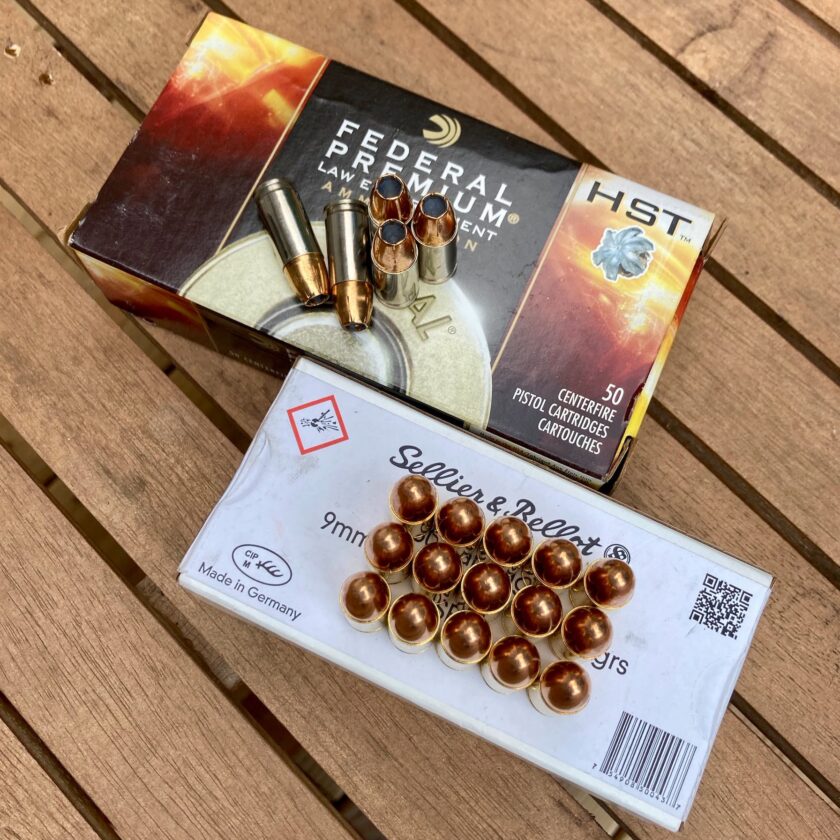
After you shoot enough of your defensive ammo to be confident carrying it, you’ll need some ammo to load your mags with. With judicious rotation a few magazines’ worth of carry ammo can last a long time. Still, you’ll want to swap your ammo out occasionally, probably at least once a year. This will necessitate a having a at least a reload or two of your preferred carry ammo on hand.
I’ve written about it before but there are a couple ways to build a supply of ammo. The first is by adding a little at a time: go to the range, buy three boxes of ammo, and only shoot two. The other, ultimately less expensive method, is buy purchasing ammo in bulk. I have bought case after case of ammo from SGAmmo.com. Again, no financial relationship with them, but I’ve had excellent experiences and you will, too.
You can make your expensive ammo go a heck of a lot further with some snap caps. I’m a big fan of A-Zoom snap caps and strongly recommend you pick up a set…and use them!
Cleaning Gear
You need to clean your gun. As I’ve said before, you Glock might run without cleaning or lube. But it won’t run because of those things, it will run in spite of them. Guns are still machines with metal-on-metal friction. Your gun will be happier and probably last longer if you clean it. You don’t have to brush the finish off of it after very range session, but you should keep the carbon knocked down and the gun wiped off.
I haven’t purchased a cleaning “kit” in, well, probably ever. Instead of an expensive kit with a bunch of attachments you don’t need, I recommend piecemealing together your own kit. You don’t need that much stuff. Instead of a kit I recommend the following:
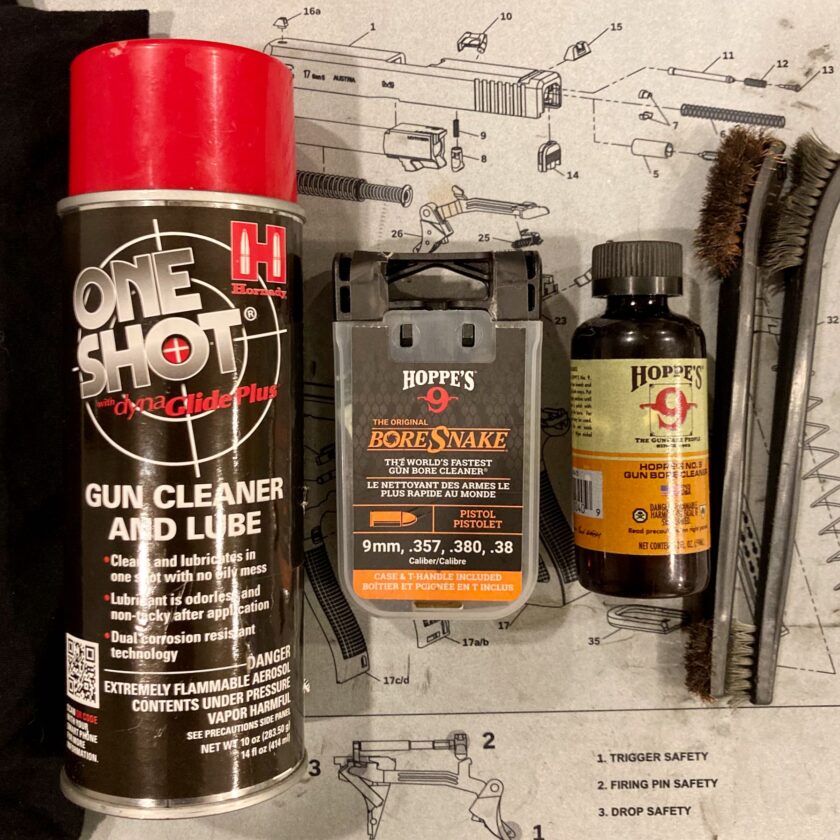
You will definitely need a rag. This can just be an old, cotton T-shirt you no longer like. You’ll need some sort of lubricant. I have had phenomenal results with Hornady One-Shot, a dry film lubricant. A reasonably strong solvent, for breaking up carbon is also a good idea. I like Hoppe’s No. 9 both for its effectiveness as a cleaner and its pleasing aroma.
I really like a Bore Snake for cleaning out the barrel occasionally. Finally, a couple of bristle brushes will do most of the work. I like to have a nylon bristle brush for most tasks, and a brass bristle brush for really tough carbon build-ups. This set of six brushes will take care of your guns for a long, long time.
You may also want to consider a few critical spare parts. As Greg Ellifritz points out in this article, even Glocks break. Having a few common, critical components on hand can keep your gun up and running. Consider parts that commonly break, as well as those that are easily lost.
Sights
You may desire to change your pistol’s factory sights. This is probably true for no pistol more so than the Glock family with it’s factory plastic “dovetail protectors.” Changing out the plastic sights is the first thing I (and many users) do to any Glock I purchase. This also lets me keep pretty much all of my pistols on the same sight picture (Heinie Straight Eights).
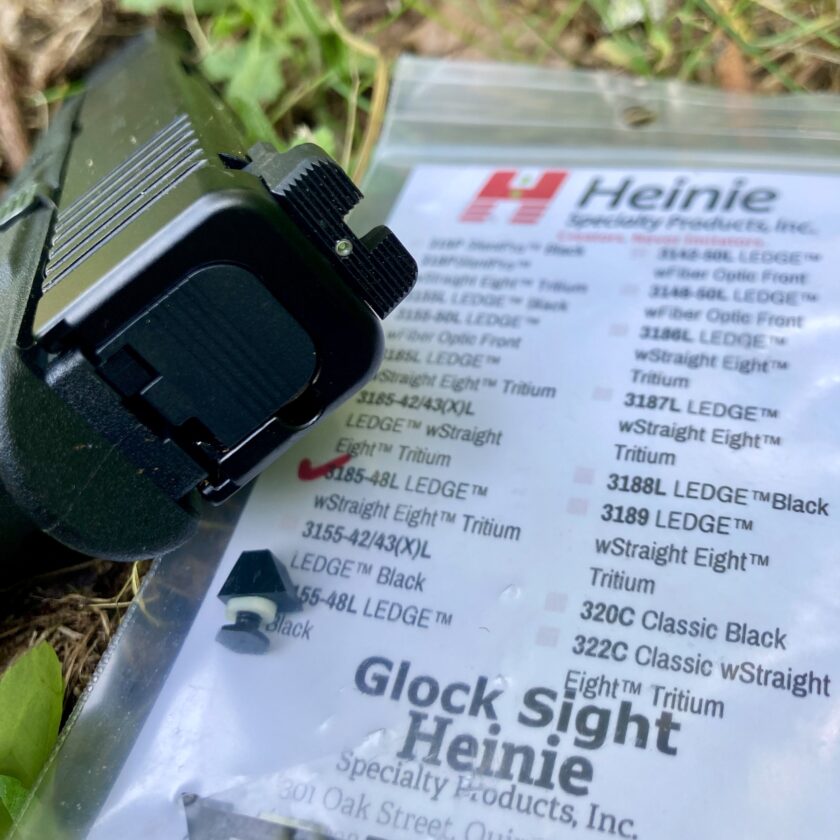
There are various other reasons that swapping out sights might make sense for you. If you have failing vision you may prefer something with a more visible sight picture like the XS Big Dot sights. You may have a preference for one style of sight or another, like fiber optics. Your mission might demand a certain type of sights, like night sights. Of course you can swap out sights at will with little risk of interfering with the gun’s function. However, each change in sight picture must be accompanied with big expenditure of time and ammo to familiarize yourself with a new sight picture and validate zero.
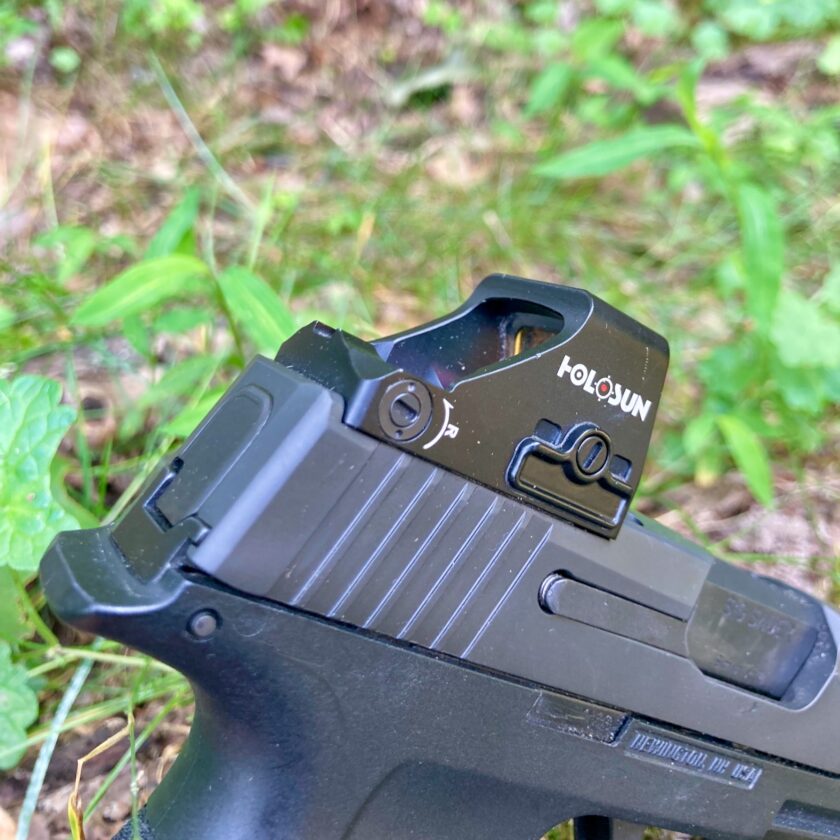
Of course there is also the option of a red dot optic. If you are brand new to red dots they certainly sound amazing. In fact, they are amazing, but be prepared to spend some serious time, dry practice, and ammo transitioning to them from irons. It’s not as simple as slapping an optic on your slide, zeroing it, and calling it good, especially if you’re very experienced with iron sights.
Accessories
Then there are any number of accessories you may wish to bolt onto your pistol. The list is nearly endless. Every variable you introduce to the system creates the potential for something else to go wrong. Short story: I would keep the accessories and aftermarket parts on the gun to a bare minimum.
Generally I recommend a weapon-mounted light if your gun is capable of accepting one. I don’t carry with a light mounted to my pistol and I don’t recommend the practice (though I also don’t recommend against it). I do recommend having it for the home-defense role. Today’s modern “do-it-all” pistols like the Sig P365XL and the Glock 48 MOS can easily serve dual roles as carry and home defense guns, and a mounted light only increases this flexibility.
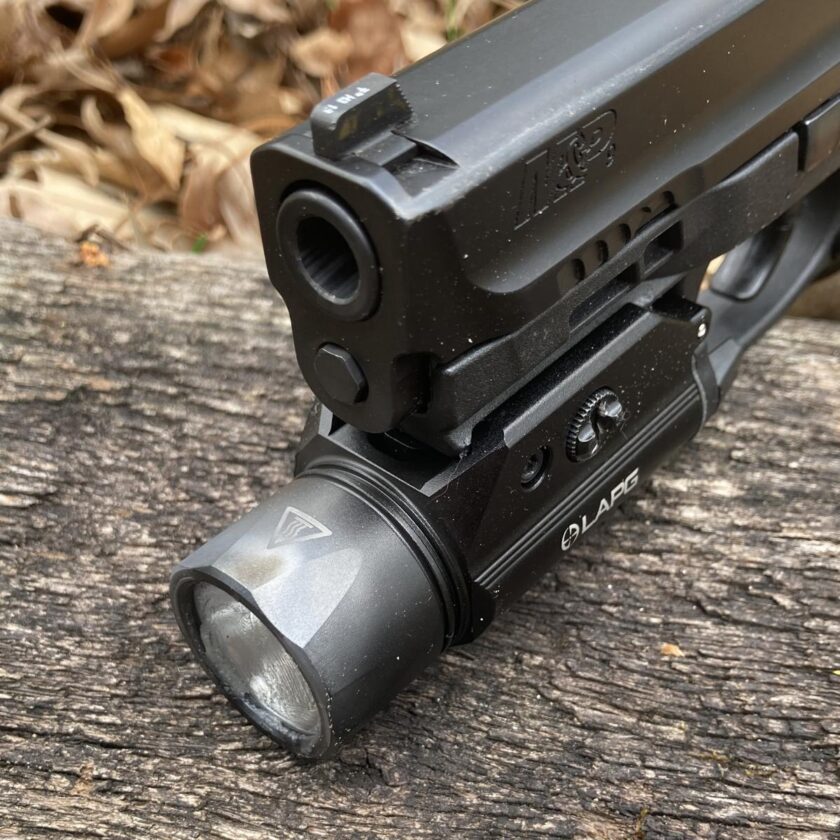
Since I have purchased a Glock 48 I am going to try a couple more accessories that are peculiar to this gun. The first is the Striker Control Device. The next is the Shield Arms S15 magazine and magazine release combo. I am waiting to add both of these accessories until the gun has proven otherwise reliable.
Again, keep accessories and aftermarket stuff to the bare minimum. Introduce them slowly and one at a time, and ensure reliability after each and every addition, subtraction, substitution, or modification.
Closing Thoughts
I hope this article helps someone. If you are a brand-new gun owner, or considering becoming one, I hope this provides a little bit of understanding into what goes building a concealed carry system. If you are an seasoned gun owner, I hope that this serves as a good reminder of the true cost of swapping carry guns, or adding a new one to the safe.
Regardless of what firearm you choose, choose it with the idea of a cohesive “weapon system” in mind. Select a pistol that is well-supported by the aftermarket in terms of holsters, replacement parts, magazines, sighting options, etc. Prove reliability at every turn and make sure everything you add to the system compliments and works with the system.
